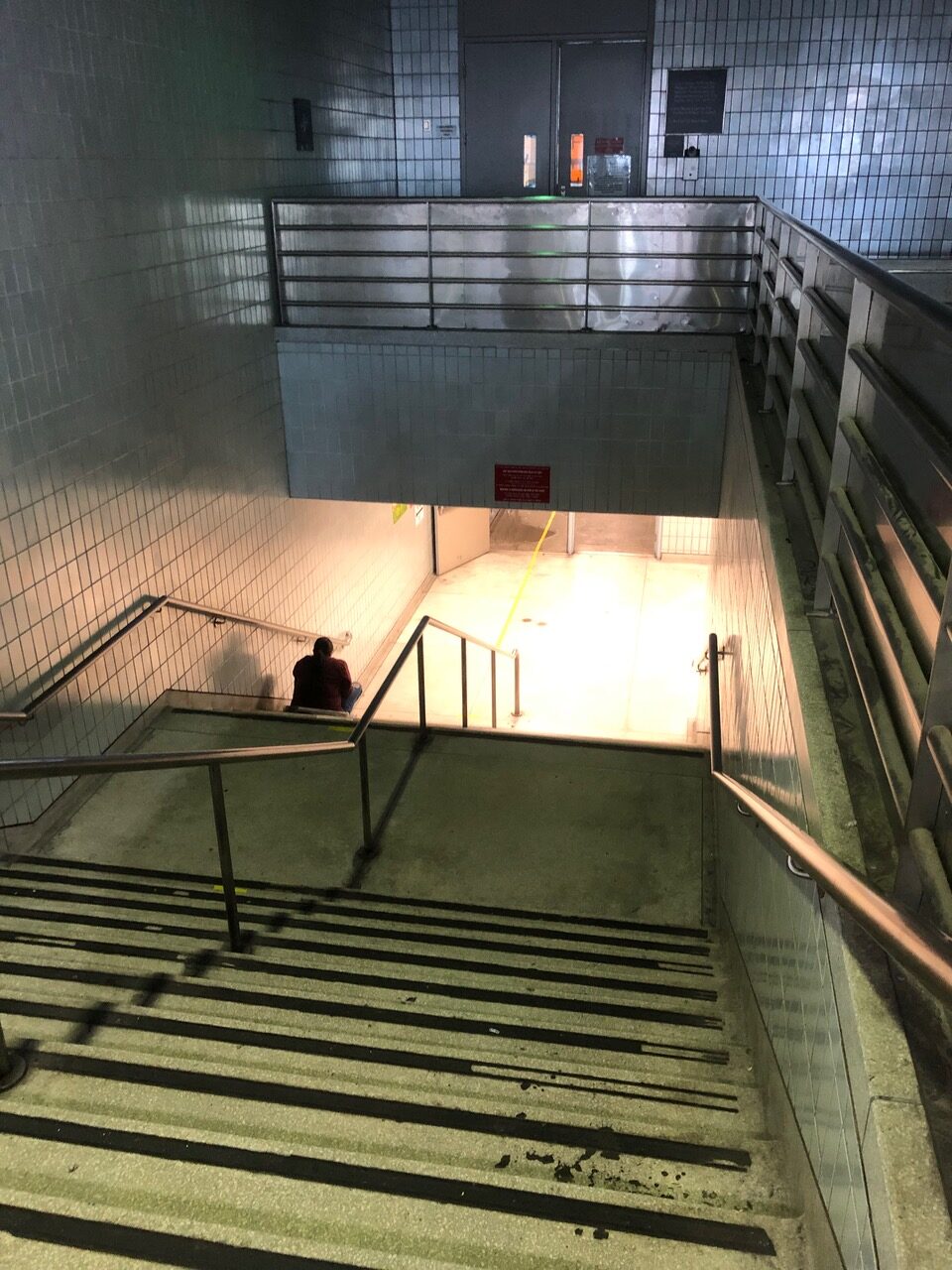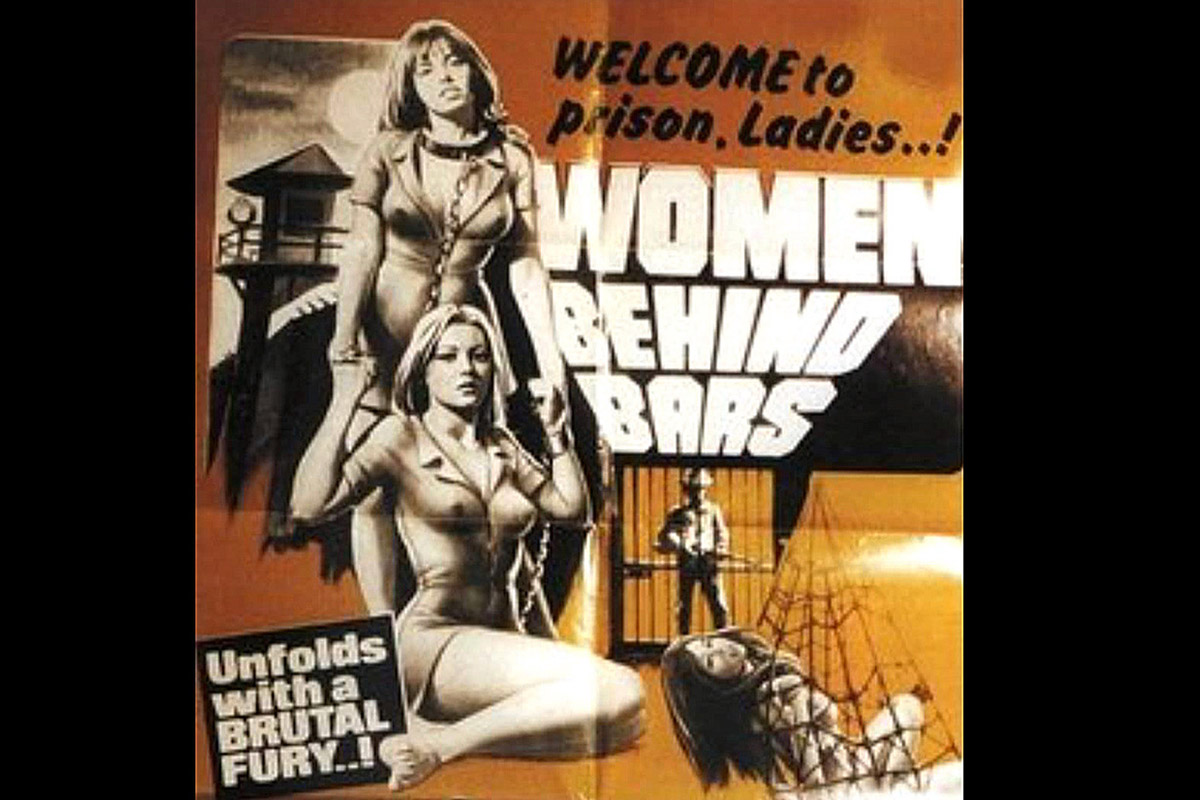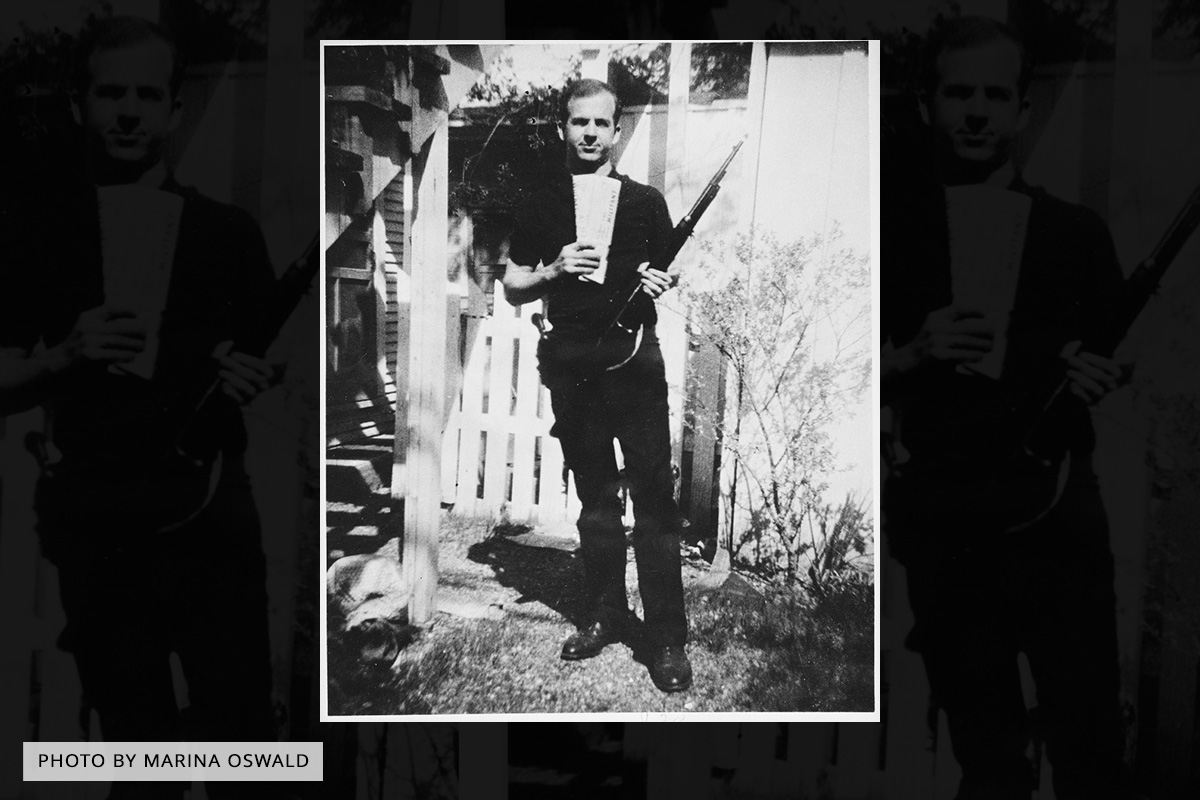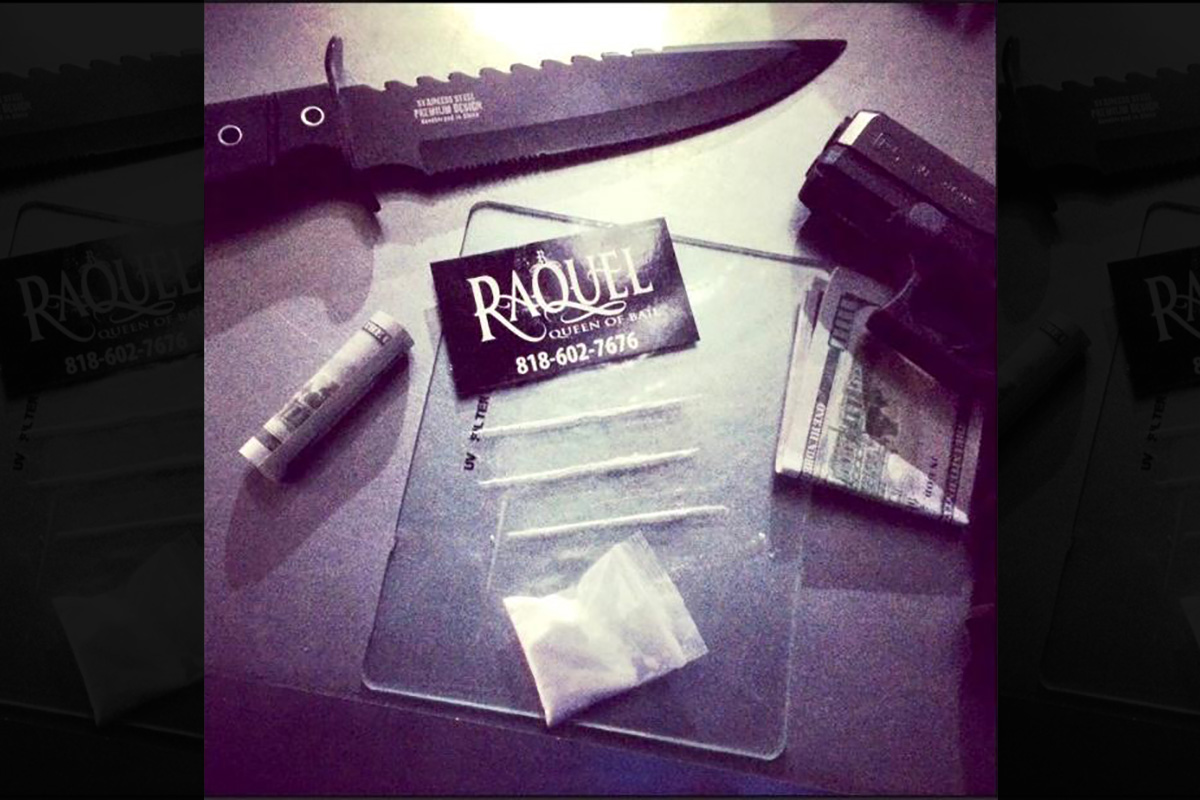©2023 By Raquel Vasquez
It is essential to include a story on women in jail because women are perpetually forgotten and overlooked. Ninety percent of my clients are male. This may suggest that women don’t get arrested as much, but they do. By nature women are made to care, nurture, rescue and protect. Men do not take care of women the way that women take care of men, whether they be a husband, boyfriend, son, brother or friend.
Imagine being taken to jail, strip searched, screamed at, being kept awake for more than 24 hours of intake processing, in a filthy miniature prison because you couldn’t afford your two-hundred dollar auto insurance bill? Seems draconian, doesn’t it? This is a taboo subject like so many others.
Women do not think of themselves as a weaker sex, but a county jail facility is aimed at proving that thought wrong. There is a powerless revelation that is shoved down your throat the second you realize you’re getting transferred from a city jail to a county jail. The transfer requires you to be handcuffed to whomever might be next to you. This could be a drooling junkie or a mad homeless person with a ripe odor. One can only hope to not meet the town bully and be paired with a scared-straight silent type.
All inmates must be rebooked and fingerprinted to track all bodies while under the watch of sheriffs. This rebooking process doubles as a degrading session. It is meant to give all inmates a taste of what’s to come. Disorientation is the first shock of being in jail. No windows, dimly lit, and freezing cold is the initial welcome mat.
Statistics have shown that the majority of women in jail are mostly in for drug possession, being under the influence of drugs, driving on a suspended license, no insurance, theft, failure to appear, or a DUI. These are all offenses that should not require taxpayers to house, feed, clothe, and medicate inmates for weeks and months while their case is tried in court.

Century Regional Detention Center for Women, Lynwood California (photo by Raquel Vasquez)
For many years, women were housed at the Los Angeles Twin Towers facility along with male inmates with nothing separating them other than a sheet of clear glass. No tint is needed among themselves. Finally, someone thought it would be better to house women at Century Division Jail, a few miles south in Los Angeles. This change in housing female inmates has remained true to this day. The facility employs men as well as women. Men without any restrictions are to work with women in showers, in a medical capacity, or in a solitary capacity. Does this sound frightening to you? It should, because it is downright frightening. Sheriffs are not held to answer, are not held accountable, and they all condone each other’s crimes against humanity.
When dealing with women in jail I was shown a different picture than what is typically perceived. Fear of a bunch of razor blade-toting gang members is the visual, and that may have some validity. But my experience visiting with women in jail revealed a very contrasting picture.
In a four-thousand-square-foot metal room with tables and benches I sat waiting for my client to get a visit with me. The sound of secretive murmur with keys and clanking shackles filled my ears.
As I was shuffled from one waiting area to another, I could see groups of ten or so inmates were held in smaller cells with one toilet in the corner for the women to use in front of all to see. These groups were then led into the larger room for their visitation. While I waited for hours to see my client, women one by one would attempt to talk to me. Evidently these women were starved for conversation and craving for anyone to listen to their stories.
One woman watched me nervously for quite a while before attempting to approach me. One bench seat at a time, she came closer to me when the sheriffs weren’t looking. She wasn’t old and wasn’t young; she looked like she had lived a hard life. She looked tired and had the demeanor of a seasoned inmate. Soon she was almost in front of me and started the conversation with a smile and a surprisingly chipper spirit.
“You’re so lucky you get to leave this place.”
She continued to whisper to me with apprehension about her story. She told me that she lived in the projects and had three children she needed to take care of. She explained that she too was a businesswoman, and that her “career” was as a “candy shop owner.” She would set up a fold-up table in the parking lot of her dwelling and ostensibly sell candy that she would get from the 99 Cents Store. Maybe she would carry some soap and shampoo as well, or small toys for kids that should be in school. It was her store, and she was in charge of the inventory. She said business was pretty good. Her number one best-selling item was crack cocaine.
She cried as she told her story. She cried not because of her sentence, or because of the restitution she cannot repay, nor did she cry about the felony on her record that will forever prohibit her from getting a job. She cried for her babies. When she cried, other women cried too, as if it was okay as long as there was more than one of them crying publicly.
Eavesdroppers would chime in with a word or two, and it was understood at that moment, that these women were all living in the same hell. Her telling me her story was not whimsical or spontaneous, it was a clear cry for help.

Century Regional Detention Center for Women, Lynwood California (photo by Raquel Vasquez)
Let’s see now: how many women have committed a mass shooting in the last twenty years? How many women have been serial killers? Take this into consideration when we count women as more than half the population. An overwhelming percent of incarcerated women of over forty-four percent reported that they were sexually assaulted at some time in their lives. Sixty-nine percent reported this assault occurred before age eighteen. There is also the statistic that male inmates are twice as likely to have a juvenile criminal history, and men have a staggering forty-three percent higher rate of three or more prior convictions than women.
In-custody deaths under the watch of LA County Sheriffs reached a high of fifty-five in the year 2021, the highest on record to date and double in numbers since 2016. This number includes suicide, overdoses, covid, and murder. The Los Angeles Sheriff’s department denied access more than once to the Inspector General under Sheriff Alex Villanueva’s watch. Villanueva, voted out in 2022, violated civil rights and liberties throughout his tenure.
The fact remains that the majority of women who have the constitutional right to bail, have no one who cares enough to bail them out. And the California bail schedule created and regulated by magistrates is steep. One act of crime results in a Child Services case, adding to the nightmare. It is only fair to mention that another statistic shows that women’s jail sentences are shorter than what is doled out to men. Females are more likely to accept plea deals for a lesser sentence than men. However, studies suggest that women may be sanctioned more harshly when their crime shatters sex-role stereotypes.
Women are highly resourceful while in custody and resort to rudimentary ways to make simple pleasures in life. A cup of noodles can be a pasta dinner. “Fakeup,” as it’s called, is a favorite pastime. A sharpie really is a great way to apply your permanent eyeliner and baby powder becomes your translucent powder. M&M candy shells soaked in water become lipstick, and coffee grinds make a wonderful body scrub. Glitter from birthday and greeting cards mixed with vaseline works wonders. Statistics show that the majority of women upon release from jail or prison want makeup to feel “normal” again.
999

Raquel Vasquez, “Hollywood’s Queen of Bail,” is an entrepreneur and freelance writer from Los Angeles with a background in dance and photography. Born in Las Vegas, Raquel is the progeny of entertainment industry parents and spent her early years traveling. Raquel has been a columnist for LA Canvas magazine and other outlets covering boxing, music, art and pop culture. She is currently in college furthering her education, owns two businesses and is working on her second book.








